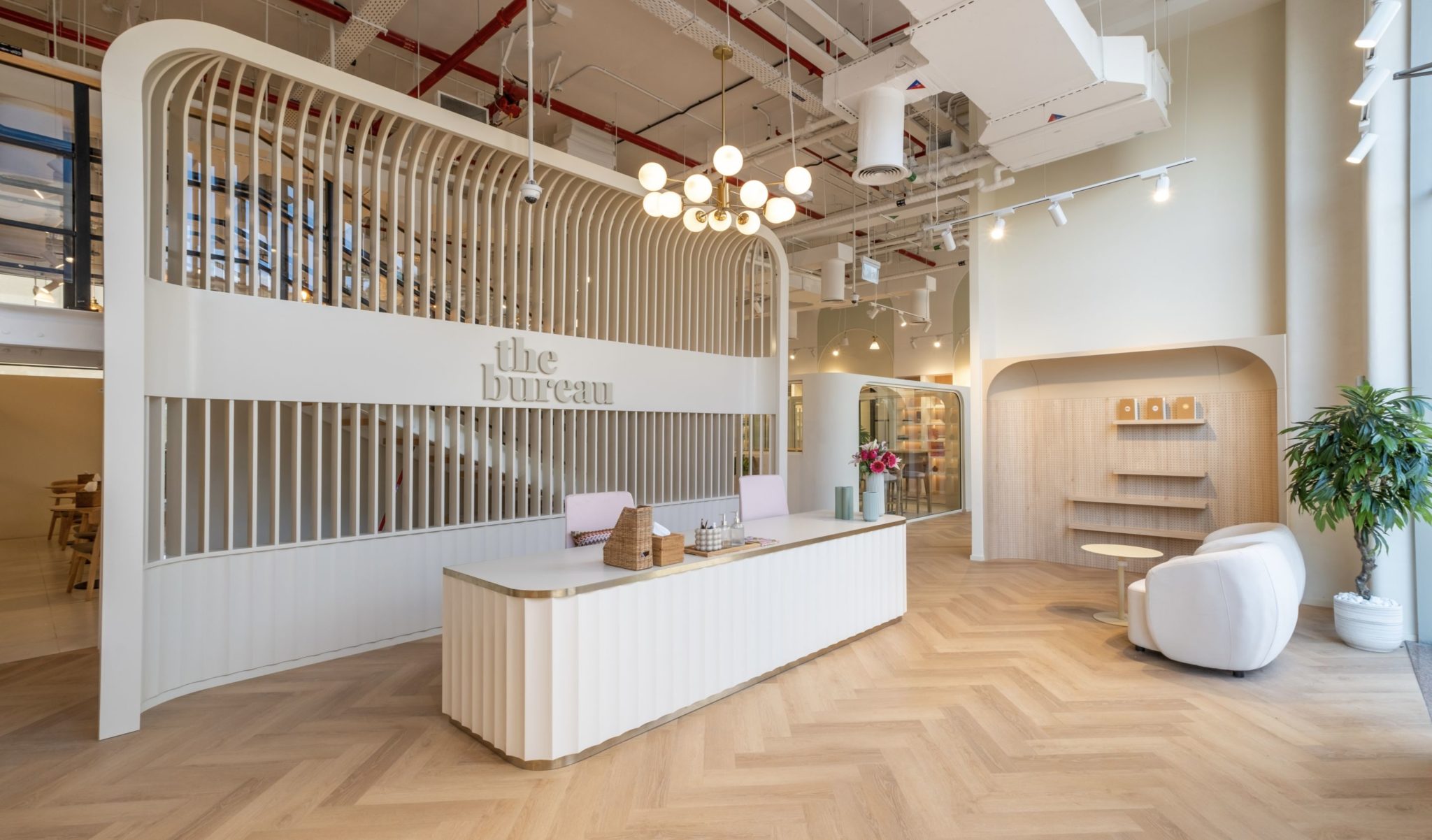Feature Image – The Bureau Business Center, Dubai
Photography Credit – Mohammad Lotfian and Chandan Sojitra Photography
The most versatile design solutions are often the most humble ones; and in the case of interior design, it’s got to be the flooring. As one of the key elements enhancing the utility of a space, a flooring must not only look good but also perform well. In fact, flooring serves as the foundation upon which the entire design scheme is built, influencing the room’s look, feel, and atmosphere. Therefore, flooring selection is of utmost importance when designing an interior space.
What is LVT Flooring?

Luxury Vinyl Tile (LVT) is a flooring solution that mimics the aesthetic appeal of natural materials like wood and stone while possessing the durability of vinyl. It is primarily composed of polyvinyl chloride (PVC) resins and calcium carbonate.
The material comprises multiple layers, each serving a distinct purpose. The base layer, often made from PVC, Wood Plastic Composite (WPC), or Stone Plastic Composite (SPC), provides structural stability. Above this, a design layer features a high-resolution photographic image of natural materials, imparting LVT’s realistic appearance. The top layer is a transparent wear layer that protects the floor from scratches, dents, and stains, ensuring durability and longevity.
What are the Benefits of LVT Flooring?
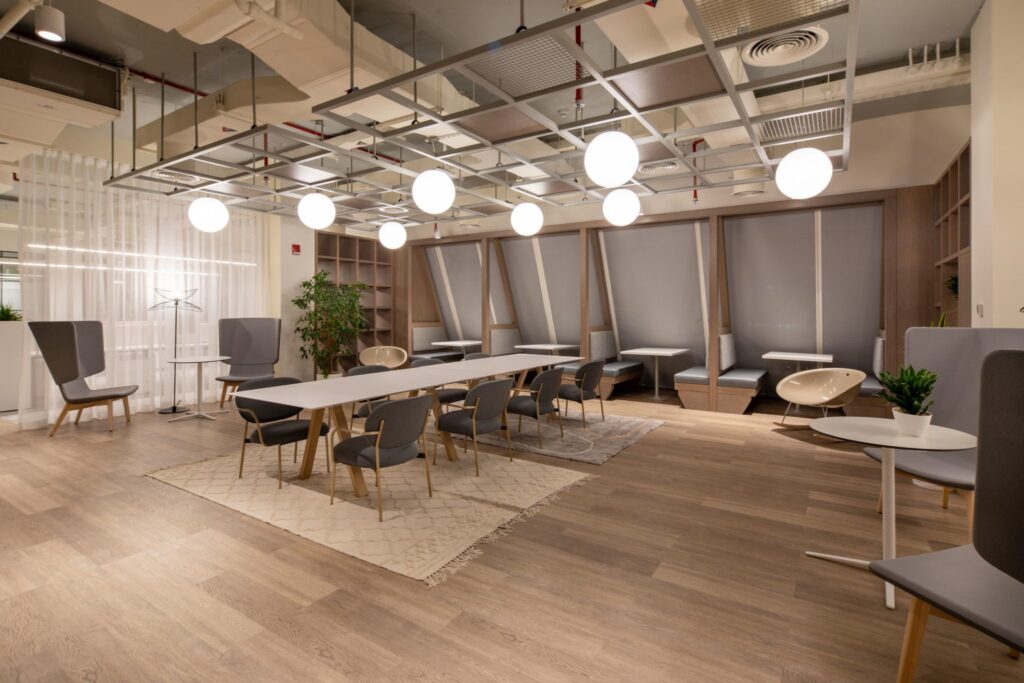
LVT poses a win-win situation for interior applications by helping achieve supreme visual appeal at an affordable price and is thus steadily gaining popularity across segments. Let’s explore how the use of LVT flooring can prove beneficial for interior spaces.
1. Strength and Durability
LVT flooring is designed to withstand heavy foot traffic, making it ideal for high-traffic areas in homes and commercial spaces. The multi-layer construction of LVT includes a tough wear layer that resists scratches, dents, and stains. This makes LVT a great choice for families with pets and children, as well as for spaces like kitchens and bathrooms where spills and accidents are common.
2. Water and Moisture Resistance
Unlike hardwood and laminate flooring, which can warp or swell when exposed to moisture, LVT is impervious to water. This property makes it particularly suitable for areas prone to spills, such as bathrooms, kitchens, and basements. The water resistance of LVT ensures that it remains stable and retains its shape and size even in humid conditions.
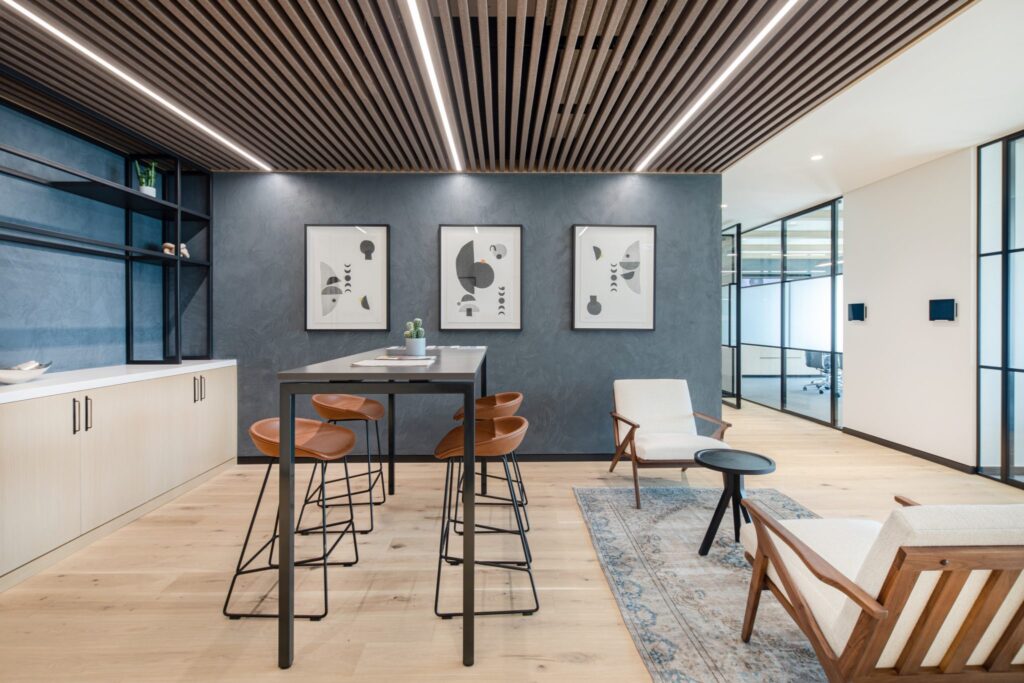
3. Aesthetic Appeal
The availability of LVT flooring in a wide range of designs makes it suitable for a wide array of applications. The material can realistically mimic natural textures like wood, stone, and ceramic. Using advanced printing technologies allows LVT to replicate the textures and patterns of these materials with remarkable accuracy. This means you can achieve the high-end look of natural materials without the associated costs and maintenance. Whether you prefer the warmth of wood or the elegance of stone, LVT offers versatile design options to suit any interior style.
4. Ease of Installation
Installing LVT flooring does not require any skilled labour or training. It’s straightforward and can often be done without professional help, especially with click-lock systems. These systems allow the tiles or planks to snap together easily, creating a floating floor that doesn’t require adhesive. This ease of installation can save both time and money, making it a practical choice for DIY projects.
5. Low Maintenance Needs
Maintaining LVT flooring is simple and hassle-free. It requires regular sweeping or vacuuming to remove dirt and debris, and occasional mopping with a mild cleaner to keep it looking its best. As opposed to natural wood or stone, LVT does not require sealing, polishing, or refinishing. This low maintenance aspect makes LVT an attractive option for busy households and commercial spaces where ease of care is a priority.
How Do You Select the Right LVT Flooring for an Interior Space?
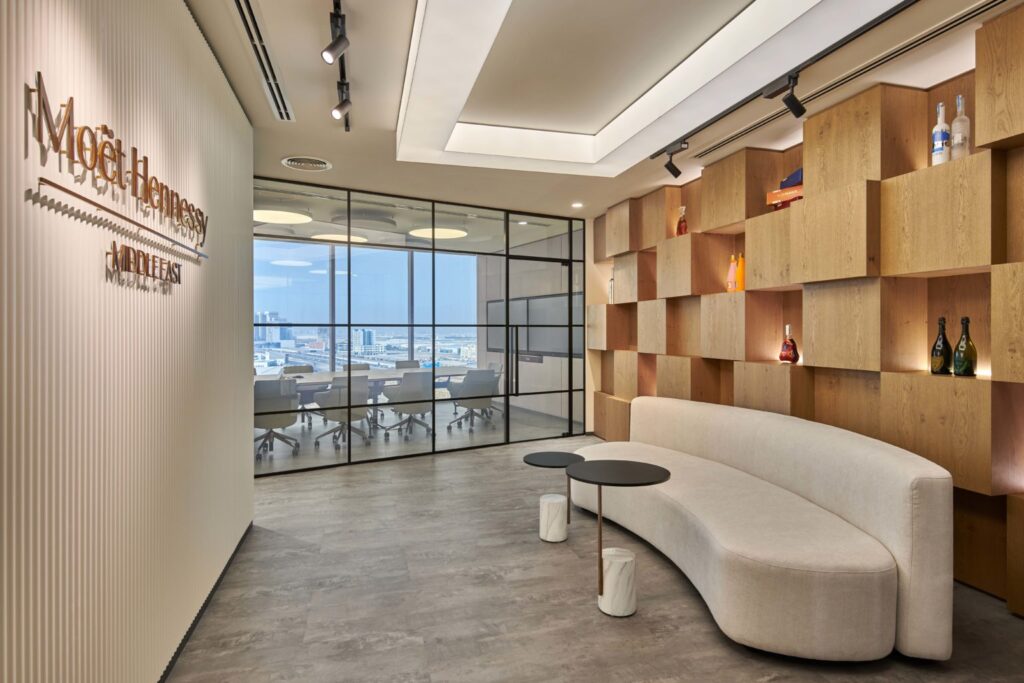
Narrowing down to the most suitable LVT flooring option for a space requires consideration of various parameters. So, based on the requirements of the space and its users, mentioned below is how you can evaluate the perfect LVT flooring for a project.
1. Consider Usage Requirements
Before diving into a myriad of options, assess the specific needs of your space. So, based on whether you need flooring for a home, office, or retail store, your expectations would differ. For example, kitchens and bathrooms need flooring that is water-resistant and easy to clean, while living rooms and bedrooms might prioritise comfort and aesthetic appeal.
2. Evaluate Performance
LVT flooring is known for its durability, but the level of endurance can vary based on factors like wear layer thickness and the quality of materials. For better longevity, you can look for products with UV-resistant coatings and advanced protective layers. Also, in the case of heavy-traffic areas, opt for thicker wear layers to ensure robustness.
3. Look for the Appropriate Aesthetic
LVT flooring comes in a range of designs, patterns, and textures that replicate natural materials.
For instance, if you prefer the warmth of wood with the durability of vinyl, choose LVT planks that resemble hardwood. Alternatively, for a sleek and sophisticated look, you can opt for LVT tiles that mimic the appearance of stone tiles. These flooring options are perfect for creating a luxurious ambience without the maintenance challenges of using natural materials.
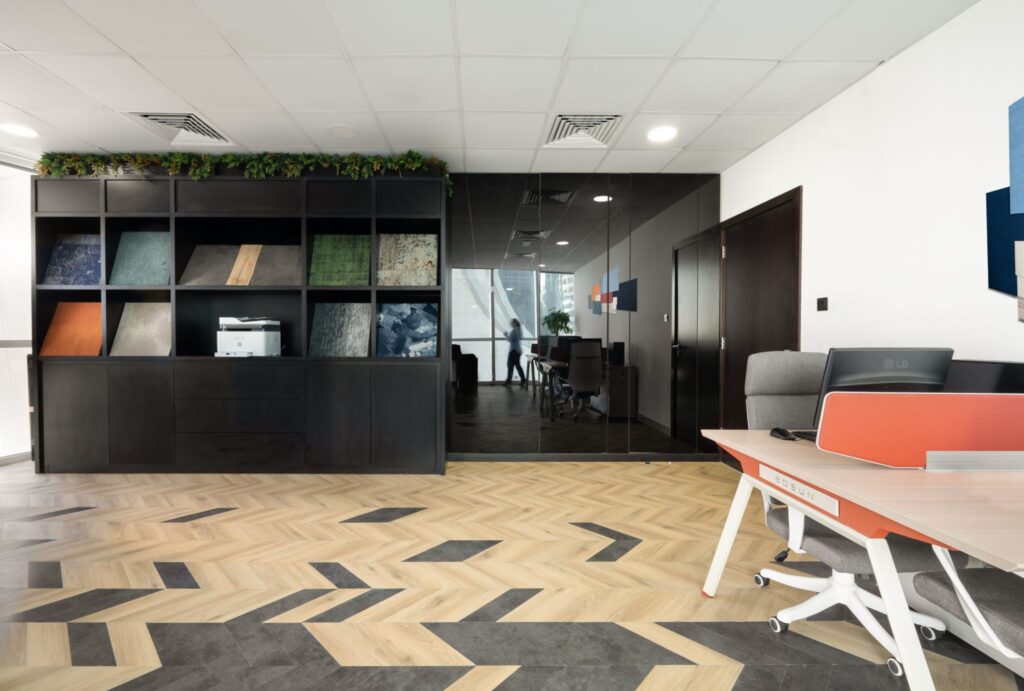
4. Consider Installation and Maintenance
LVT flooring can be installed using different methods, including glue-down, click-lock (floating), and loose lay. You must choose an installation method based on the skill level of the labour and the specific requirements of your space. Further, look for tile options that are easier to clean and maintain to ensure a timeless appearance.
5. Budget Considerations
Conventionally, LVT is more affordable than natural materials like hardwood or stone, but prices can vary based on quality, design, and brand. Consider setting a budget and exploring options that offer the best value for your investment. Additionally, while upfront costs are important, also consider the long-term value of your investment. Using LVT flooring with superior durability and aesthetic appeal can enhance the value of your property over time.
LVT flooring emerges as a clear winner for modern-day interior design, offering the perfect blend of durability, affordability, and aesthetic versatility.

